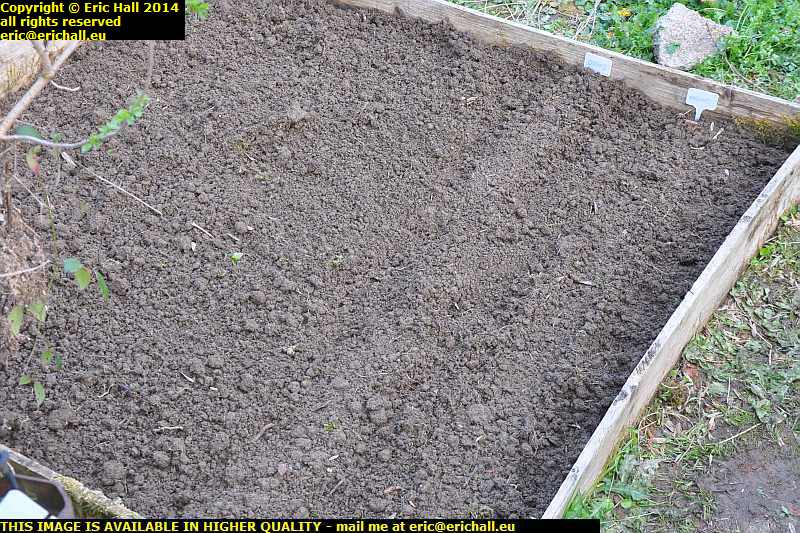… how much you can accomplish when you have a prompt start and no interruptions (and also, you don’t fall asleep at lunchtime).
This morning though, it was hard to leave my warm and comfortable bed because it was anything but here in my little room. And I had been busy during the night. I’d been up on the Yorkshire Moors watching two Reliant Scilitars (they were really 1970s Jensen Interceptors but never mind) come into this parking area to turn round. One of them had no numberplate and my friend said something along the lines of “just typical – they spend all of their money on buying a fancy car and so have nothing left over to buy the number plates”.
We were then in a garage – a motor trade workshop I mean – and an old friend of mine was running it and he was repairing cars like these Reliants. There had been a problem though and the sliding door to the premises had come of its runners and he, helped by some school friends of mine (whom I’m certain he never met) was trying to fix it. They could fix the bottom runner in its track but every time they lifted it up to fit the top runner in its track, the door fell inwards on top of them all.
But anyway, a couple of hours on the website and then promptly outside. And I worked hard all day today too, and with just the usual lunch break.
 Here’s another one of the raised beds completed, with a row of carrots and a row of parsnips. The parsnips are some that I bought in Canada in 2012 and designed, like most Canadian plants, for short growing seasons. They might do well here.
Here’s another one of the raised beds completed, with a row of carrots and a row of parsnips. The parsnips are some that I bought in Canada in 2012 and designed, like most Canadian plants, for short growing seasons. They might do well here.
As for the carrots, I had 4 viable varieties, another that expired last year, and a 6th that expired in 2012. But anyway, I mixed a few seeds of each lot in with a handful of moist sand, and sowed them all.
The sand serves three purposes, namely –
1) it gives bulk to the mix of seeds and so makes sowing easier and quicker
2) I can see where I’ve sowed
3) with the soil being clay, there are lots of air pockets and so the seeds are sometimes trapped in them and don’t have enoug water to germinate. The damp sand clings to the seeds and helps them to germinate regardless of the heavy clay soil.
There are also a few radish seeds mixed in with each row. The radish germinate in about 10 days so I can see from their leaves where the rows of seeds are.
But if that wasn’t enough, I cracked straight on and by knocking off time I’d finished a second raised bed. The courgettes will be going in there.
So two raised beds in a day! That’s good news and means that I won’t be disappointed if I take a day off some time.
 But I had company today while I was working in the garden. There were two deer in the field down the hill.
But I had company today while I was working in the garden. There were two deer in the field down the hill.
It’s *that* time of year again, isn’t it? So I imagine that it was Strawberry Moose that they had come to see, not me.
But they were nice anyway. Much nicer than the usual company.
I’m trying a new tactic this year. With my soil being wet clayey claggy mess, every time I pull up a weed, I pull up half the soil with it. I’m fed up of seeing my soil disappear and so I’ve resurrected a little old water butt that I’ve had for years, bought in the UK.
I’ve put about 20 litres of water in it and I’m throwing the weeds into it. and at the end of the night I bash the weeds around a little with a spade.
The aim is to soak all of the soil off the weeds and when the raised beds need watering, I’ll draw the water off here, which will be nice and wet and muddy, and I’ll pour it onto the bed, which will wet them of course but also add back the soil. And if any of the weeds rot and decay, the wet decayed plant matter will aslo be added back.
Whatever remains of this rotted mixture will end up in the compost.

